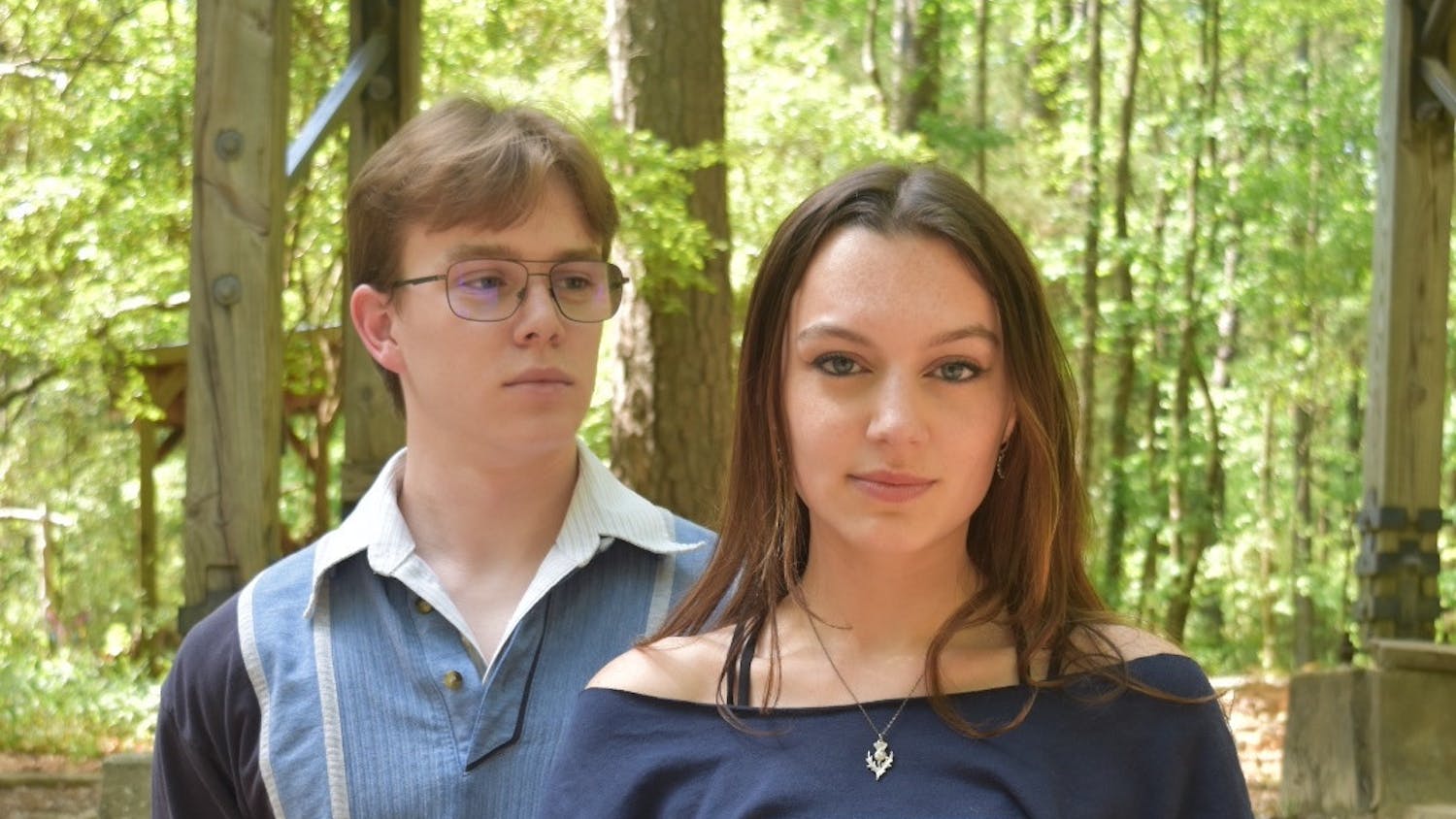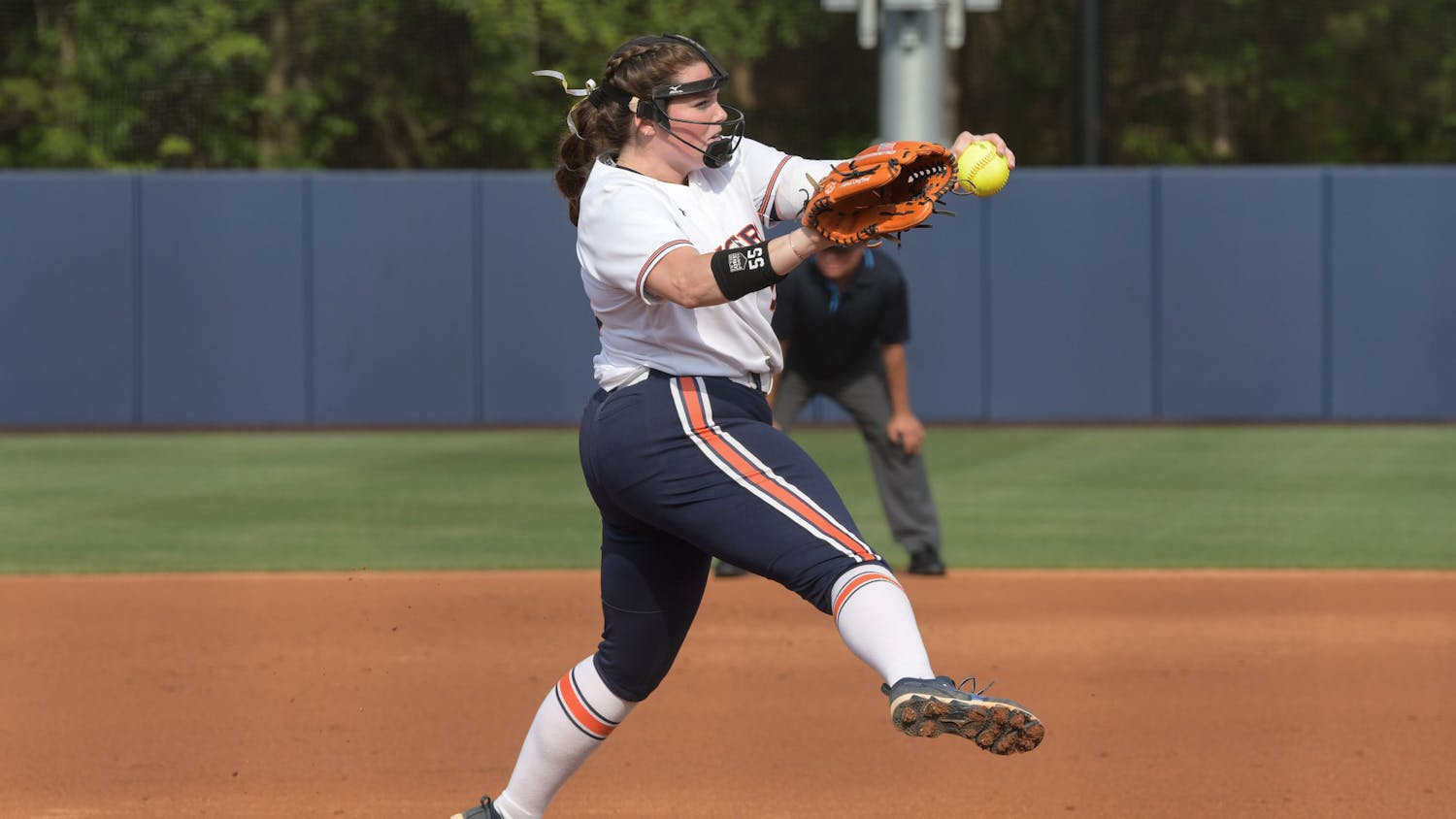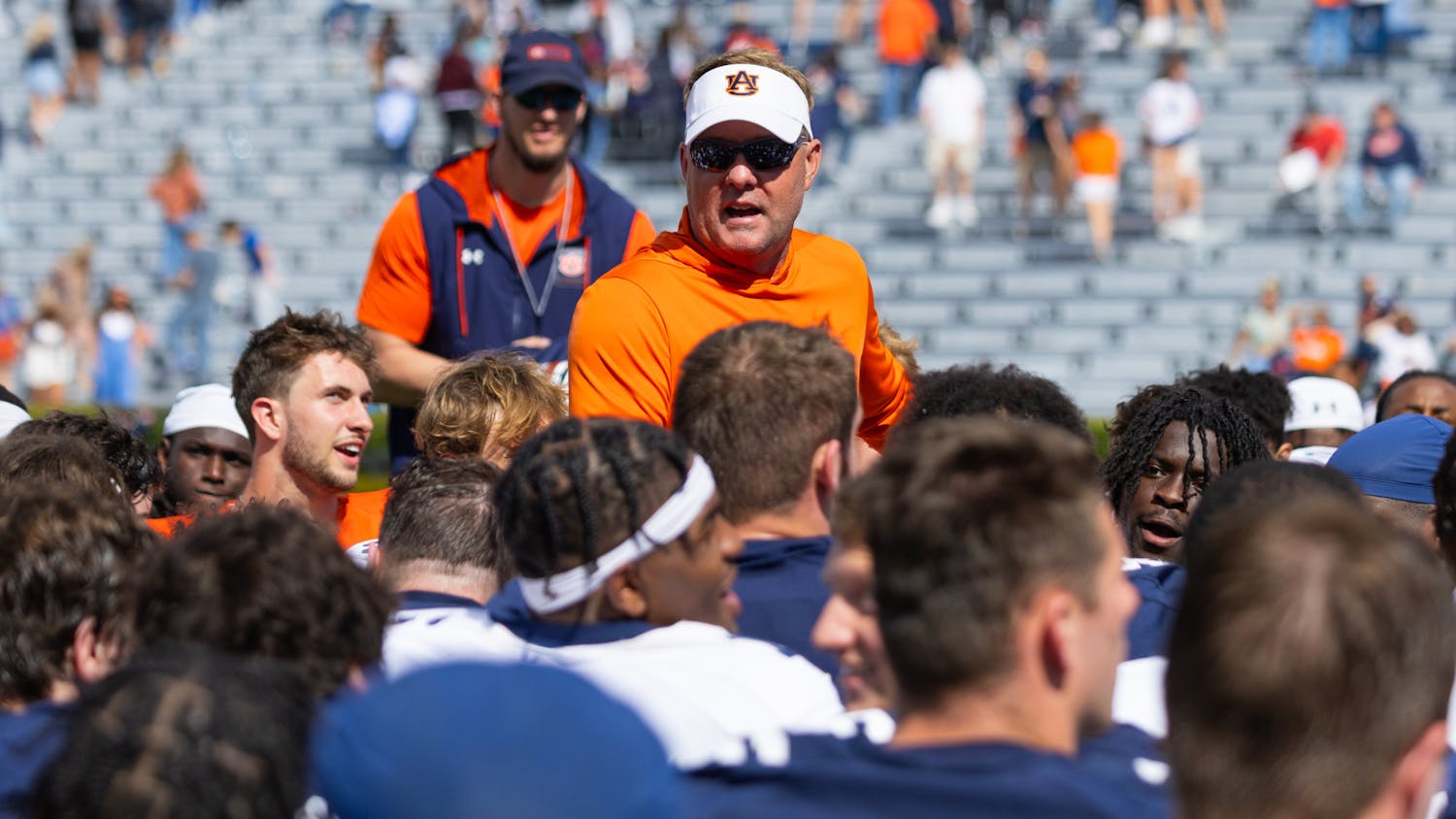A new piece of unique equipment installed at the Auburn University College of Veterinary Medicine is assisting veterinary surgeons and other professionals in diagnosing and treating complex diseases and injuries in large animals.
A standing computerized tomography machine, or CT machine, was recently installed at the College's John Thomas Vaughan Large Animal Teaching Hospital on Wire Road. Veterinarians began using the large white machine back around March.
"It's usefulness is for the head of the horse and the very front part of the neck," said Lindsey Boone, assistant professor of equine surgery. "The head is a very, very delicate and very complicated structure in the horse. It essentially takes multiple radiographs (X-ray images) that will then give us a better 3-D picture of the horse's sinus and head and skull."
The three-dimensional images provided by the new machine can be used to accurately treat sinonasal diseases, bone fractures in the skull and head, other injuries to horses' necks and even diseases in horses' teeth.
In contrast, Boone said a standard X-ray machine can only provide two-dimensional images of horses' and other large animals' internal structures. The machine could be used for other animals like donkeys, but staff said cattle could not benefit from the machine.
Trying to treat complex diseases in the many sinuses of a horse, for example, can be very difficult when all the veterinarian has is a 2-D image to go on. In the 2-D images provided by a standard X-ray, the horse's five sinuses can overlap and make it hard to decipher.
"As far as the sinus cavity, it helps tremendously," Boone said. "I can't really explain how much easier it is to approach a horse's head with this much modality versus just a radiograph. Because a radiograph is just a 2-D projection. It's just a picture."
"In the horse's sinus, they have five sinuses that all communicate, and they have all these intricate bones. It's hard because you have both sinuses on a 2-D pictures, and you're trying to decide which sinus cavity is involved and what's actually in there. [The CT provides] a clear picture, location-wise, where anything is in a horse's head."
With the new CT machine, the veterinary radiologists and surgeons can review three-dimensional images of the animals' heads and skulls without superimposition. The CT scans can also be rotated and zoomed on a computer.
"From a surgeon's standpoint, sinonasal disease can be very, very complicated to treat sometimes just based on a radiograph," Boone said. "So this has really enhanced our diagnostic capabilities of the horse's head."
While many veterinary schools and hospitals around the country have CT machines capable of scanning large animals, Auburn is one of only a handful of universities in the nation with a standing CT machine.
Robert Cole, an assistant professor of radiology, said most CT machines require the horse to be put to sleep using general anesthesia. Once it's asleep, the animal is laid down on its side to fit inside of the machine. With Auburn's new standing CT, animals can remain standing while being scanned.
The animals still have to be sedated to be placed in the machine. However, the sedation is nothing compared to the general anesthesia needed to put the animal to sleep so it can be laid down for a standard scan.
"In order to get cross-sectional imaging on a horse's head, traditionally we've had to put them under anesthesia to do that," Cole said. "The benefit of this is I don't have to put them under general anesthesia."
Boone said horses that go under general anesthesia face quite a lot of risk.
"Horses are large creatures and they have to get up from general anesthesia," she said. "General anesthetic complications are minimal but when you think about it ... geriatric horses are at high anesthetic risk. Horses can unfortunately have fatal complications from general anesthesia. So, if we can avoid those, it's beneficial."
The standing CT machine is a retrofitted standard CT machine. An engineer helped the College develop a special rig on which the horse can stand, which allows the horse to slide in and out of the machine without friction to produce the scans.
Do you like this story? The Plainsman doesn't accept money from tuition or student fees, and we don't charge a subscription fee. But you can donate to support The Plainsman.



